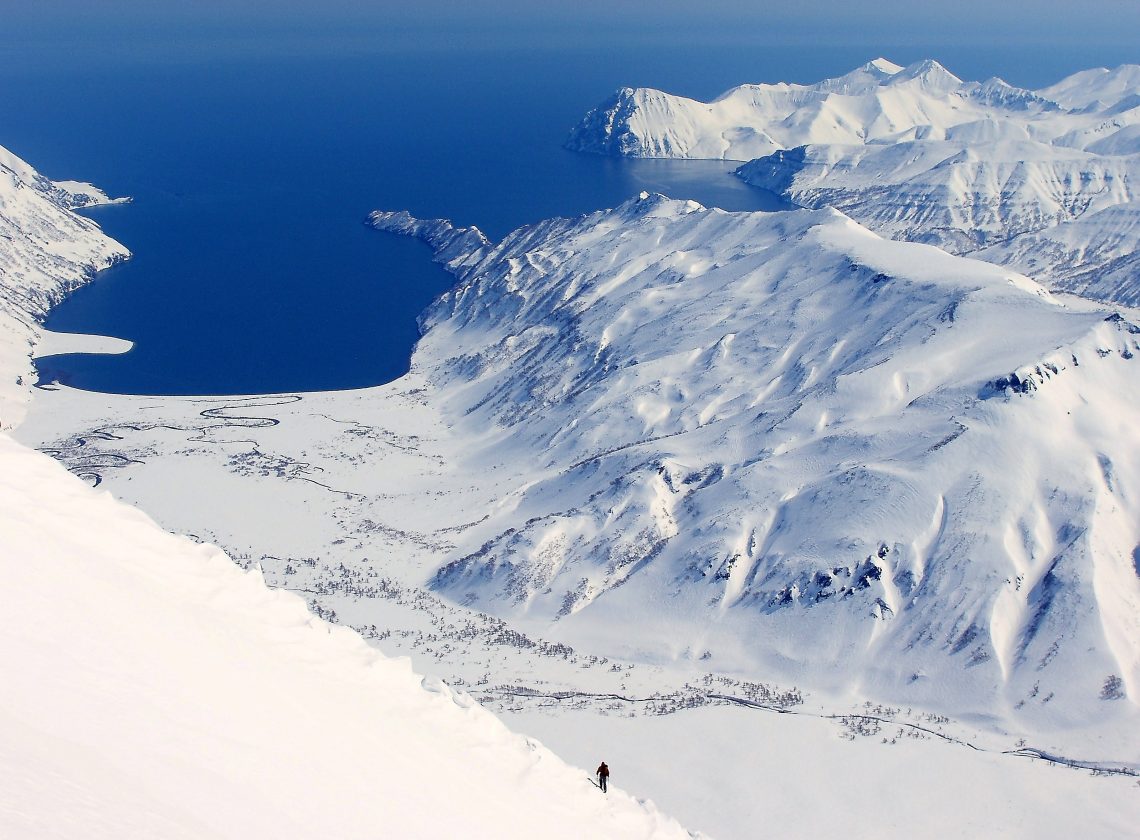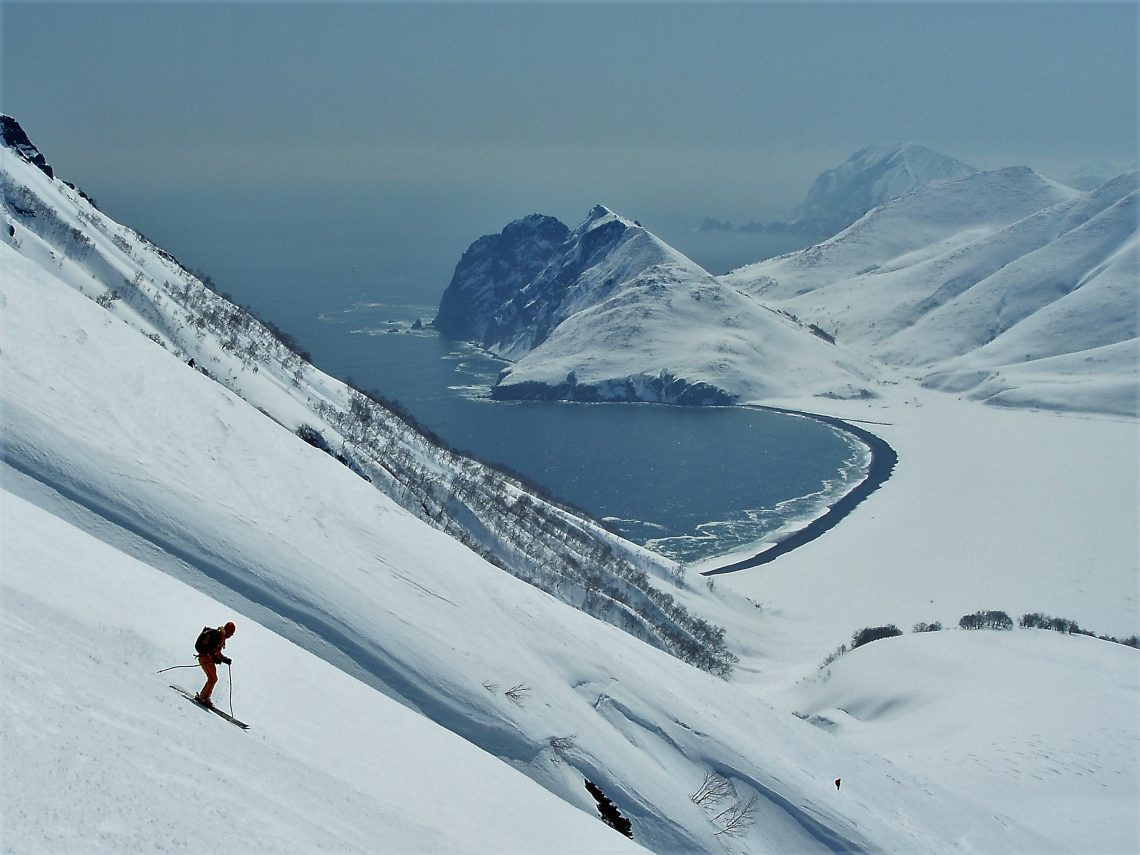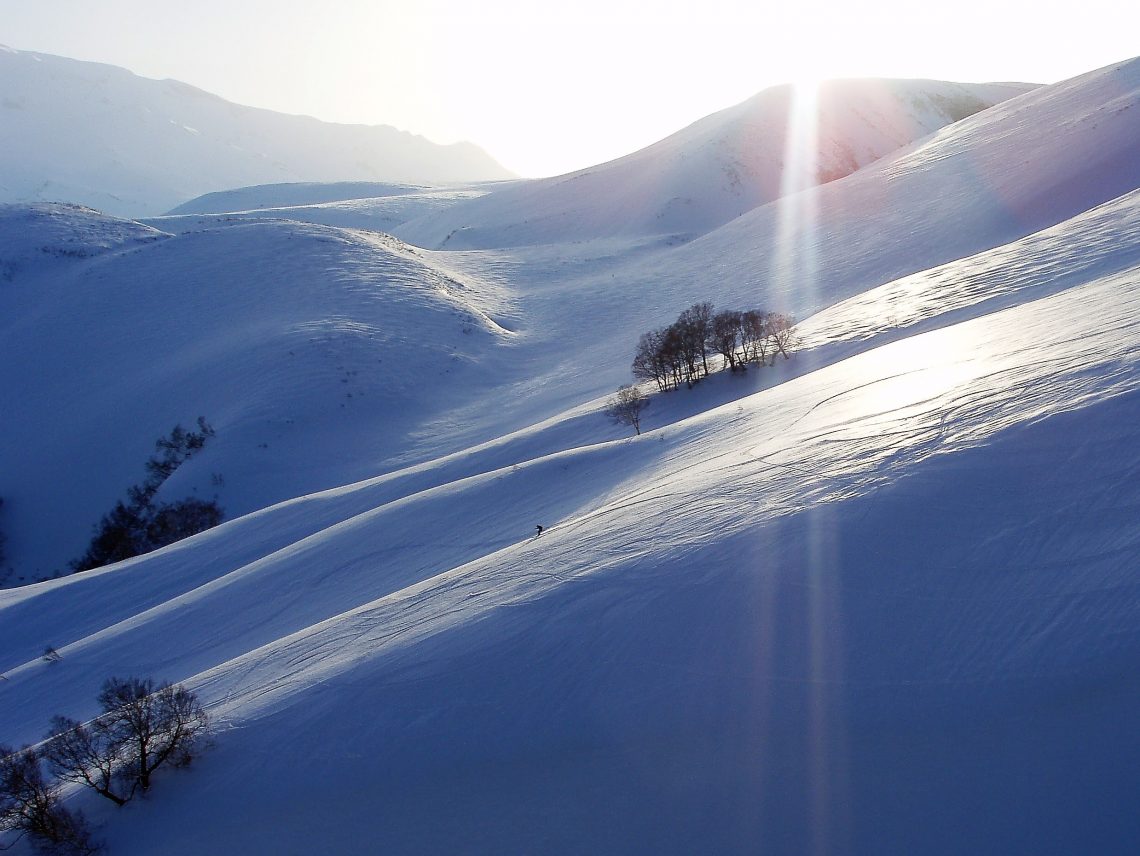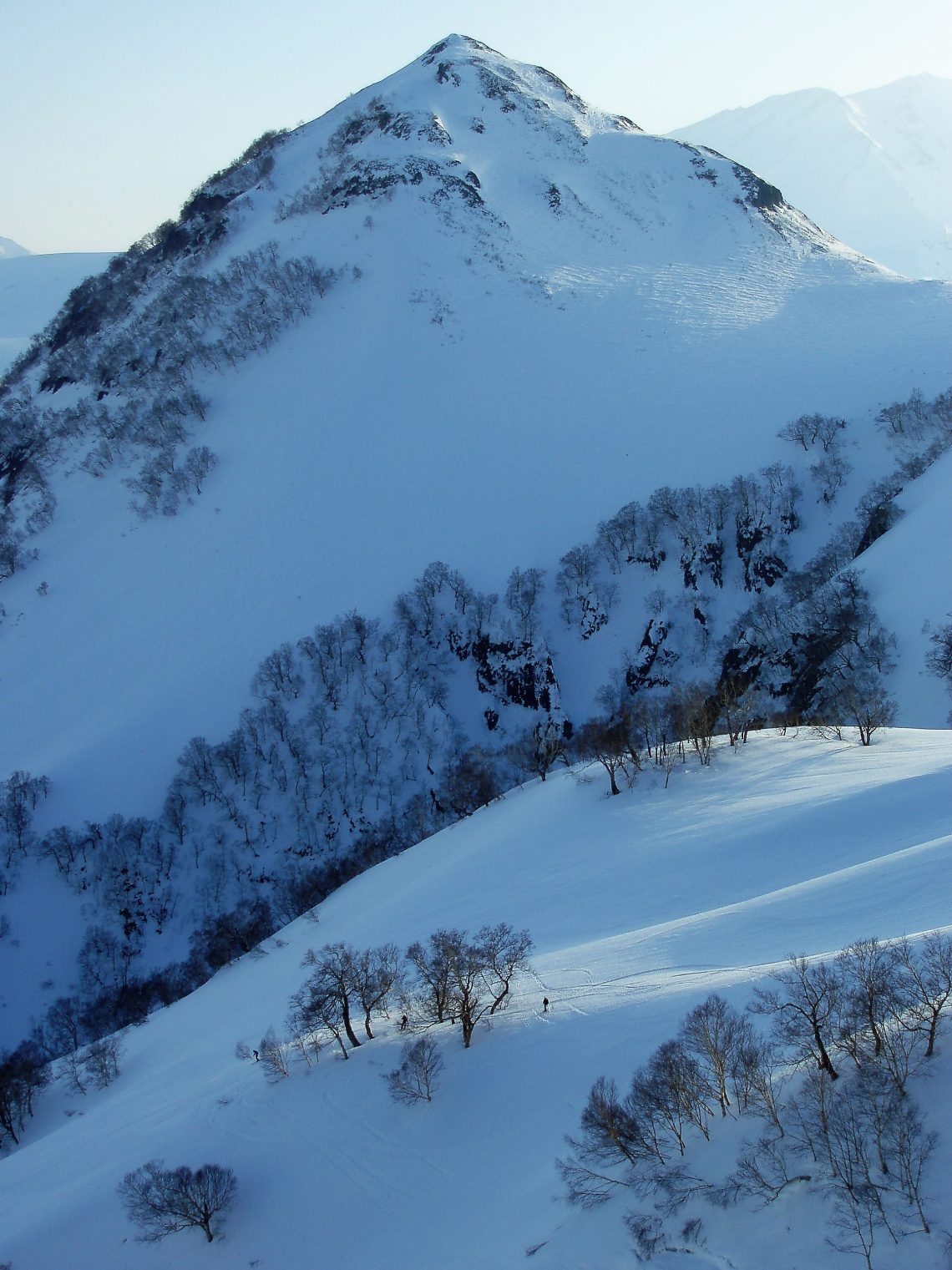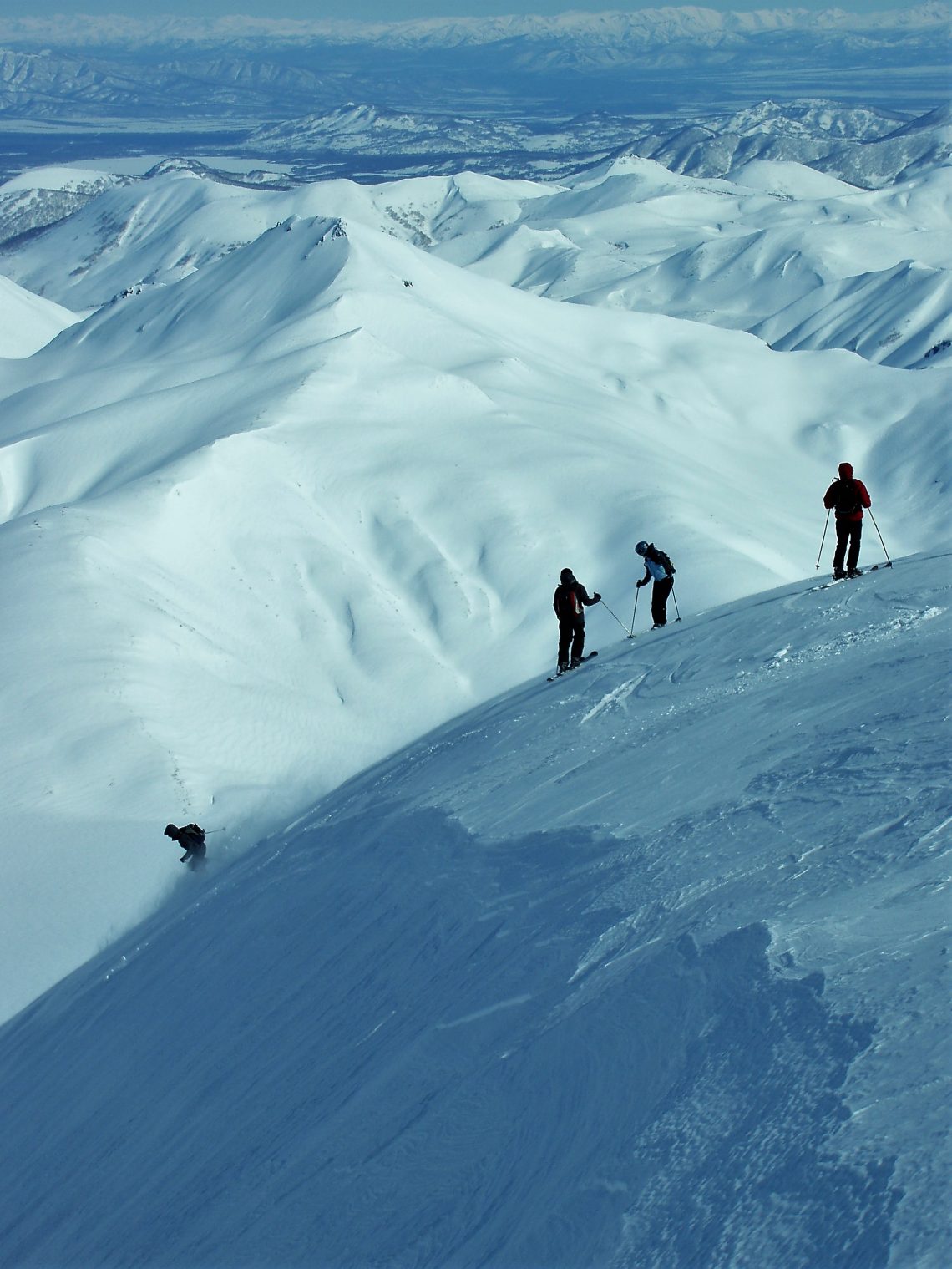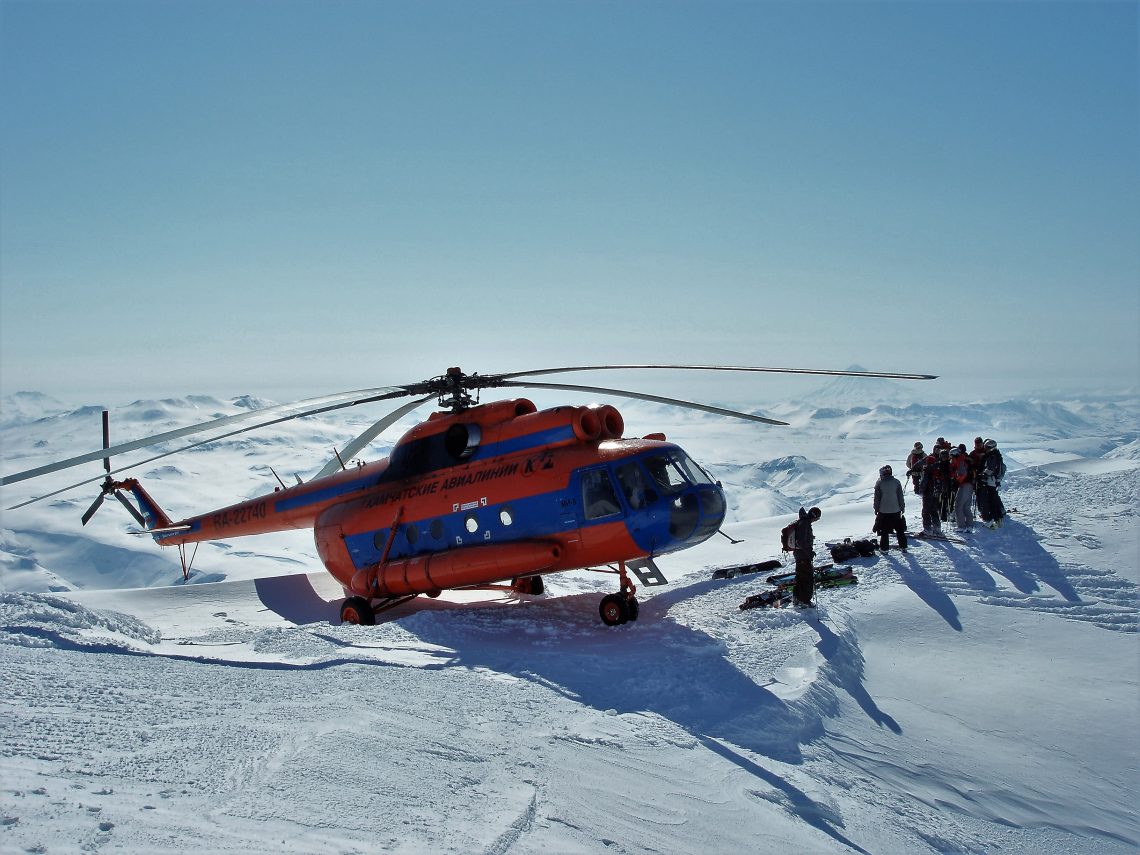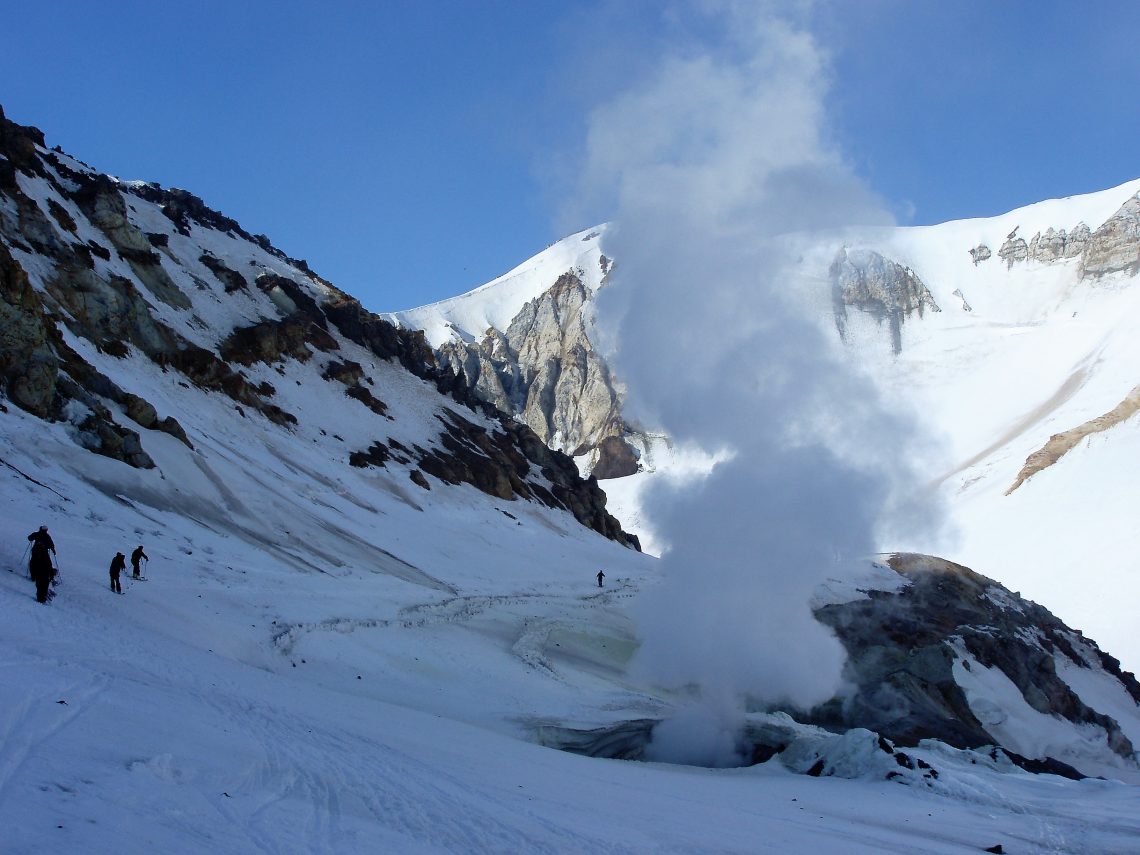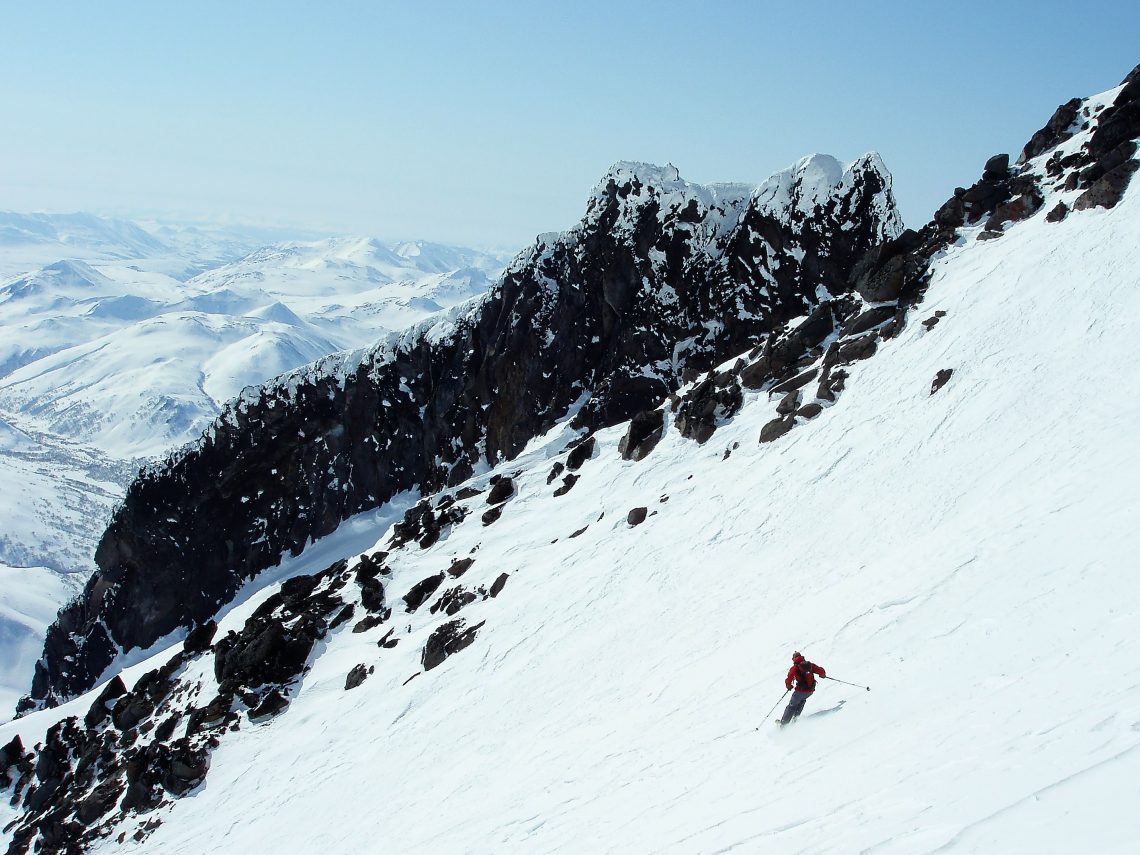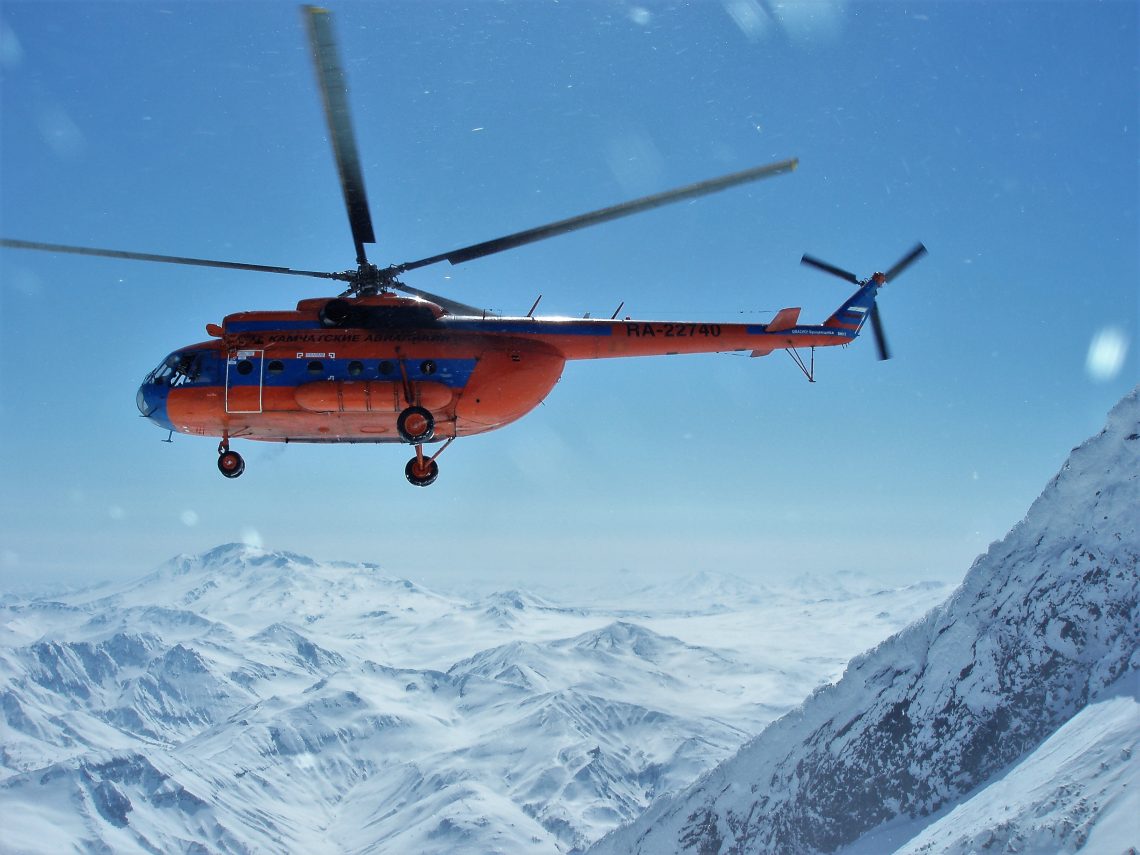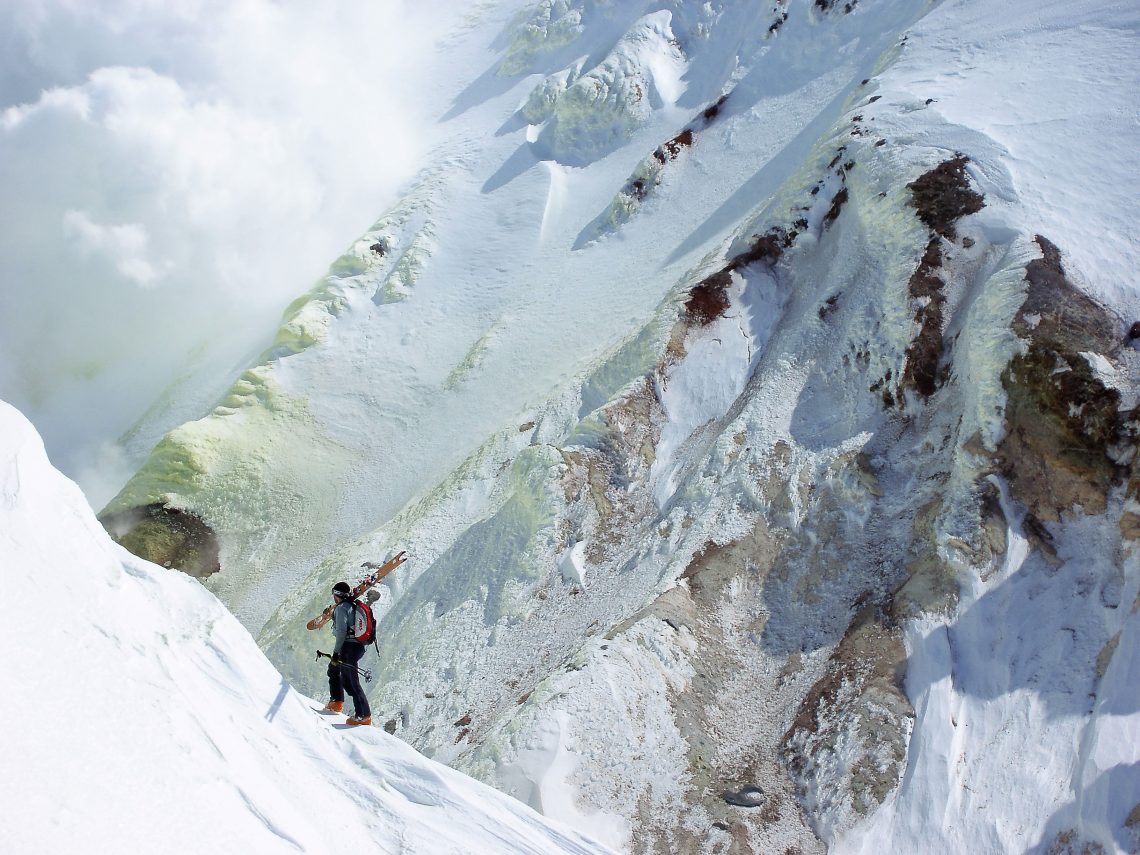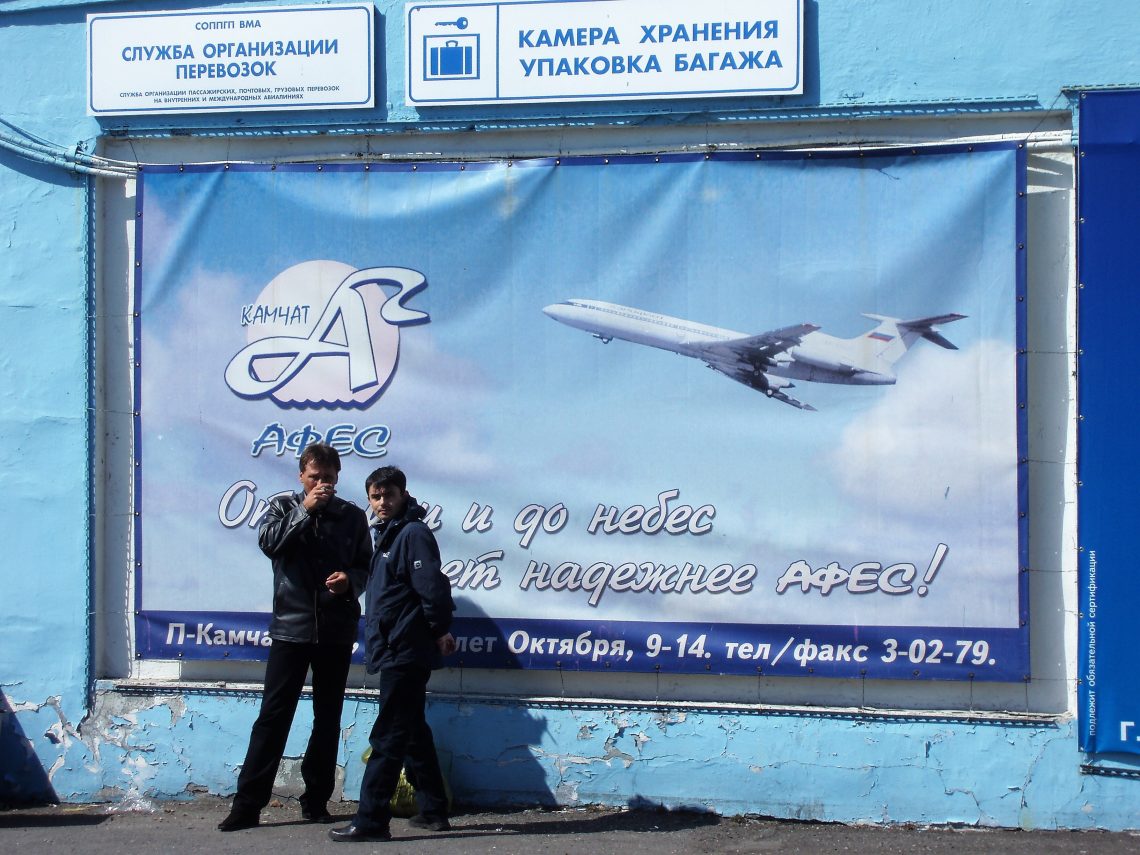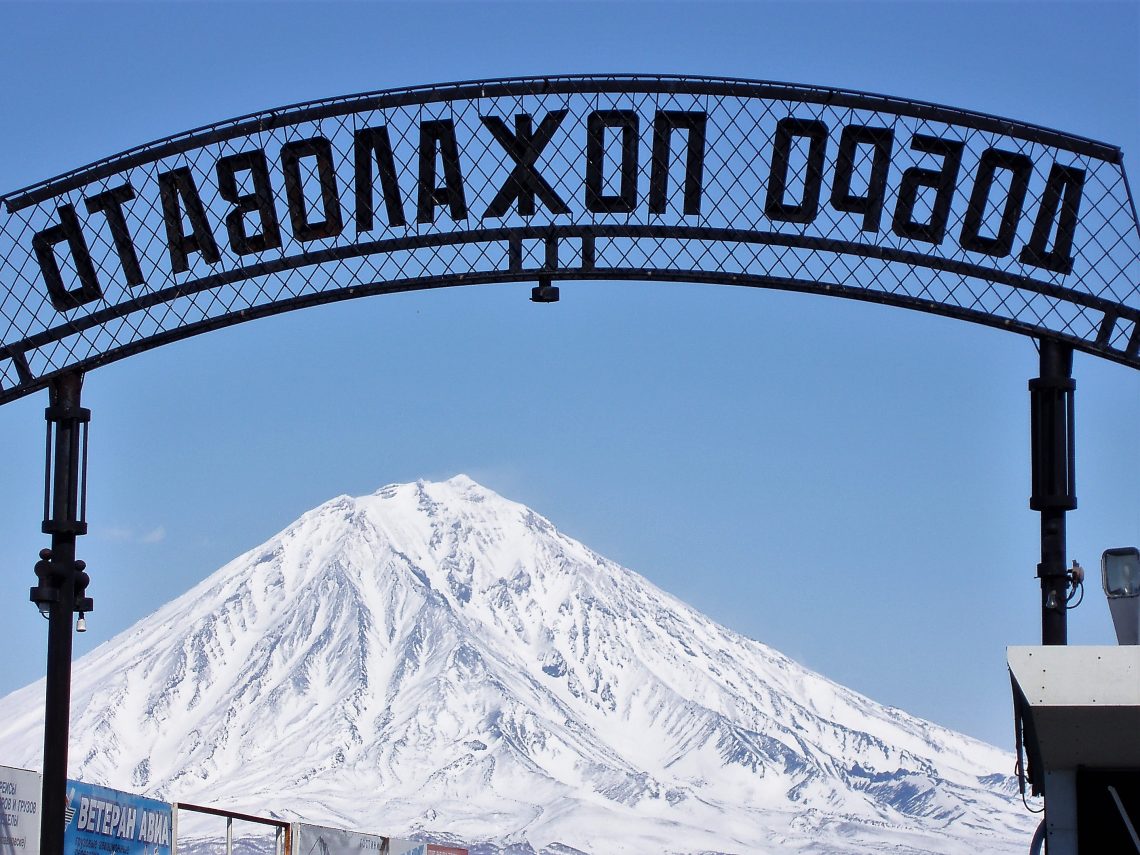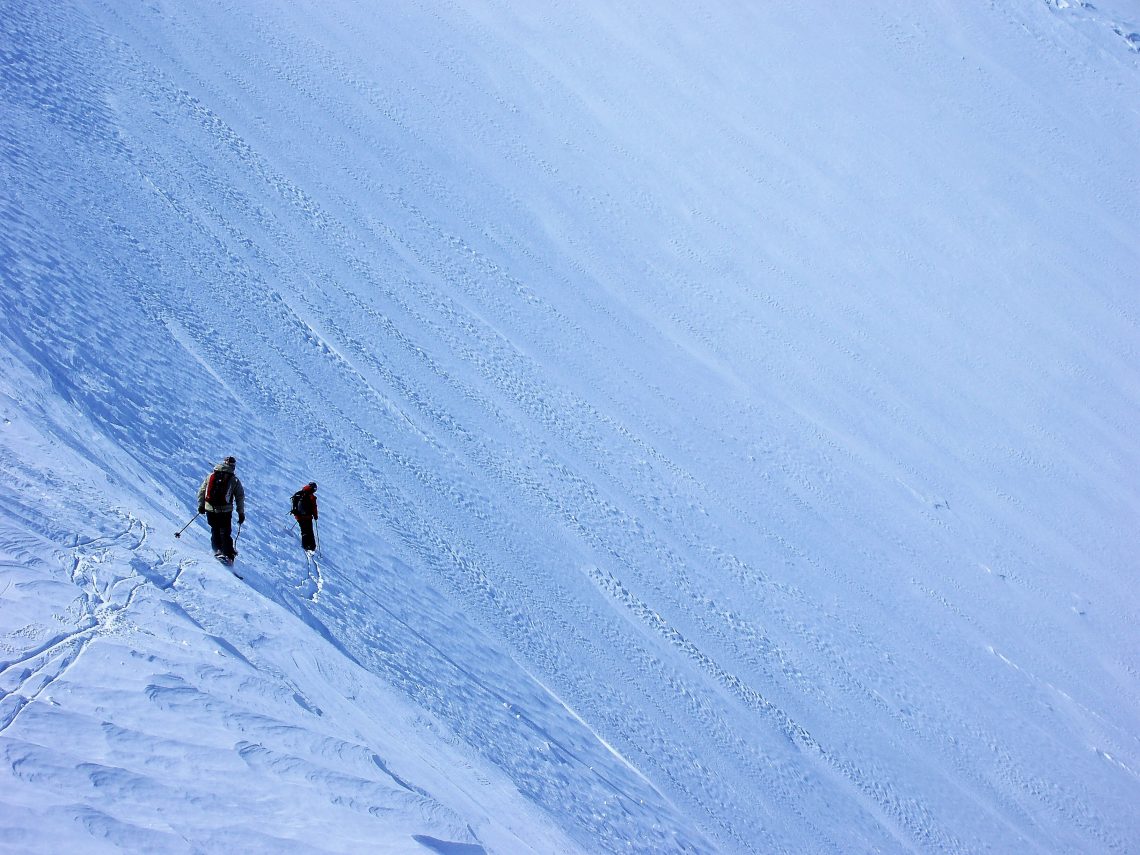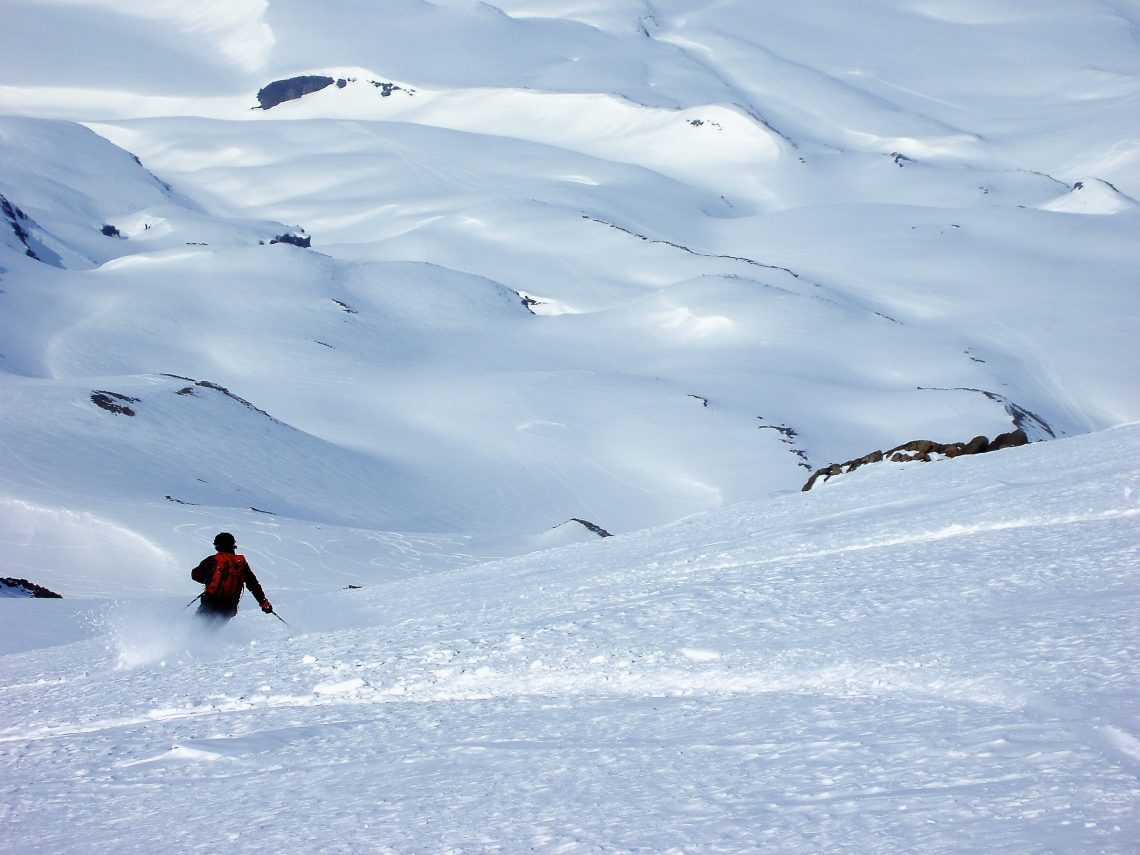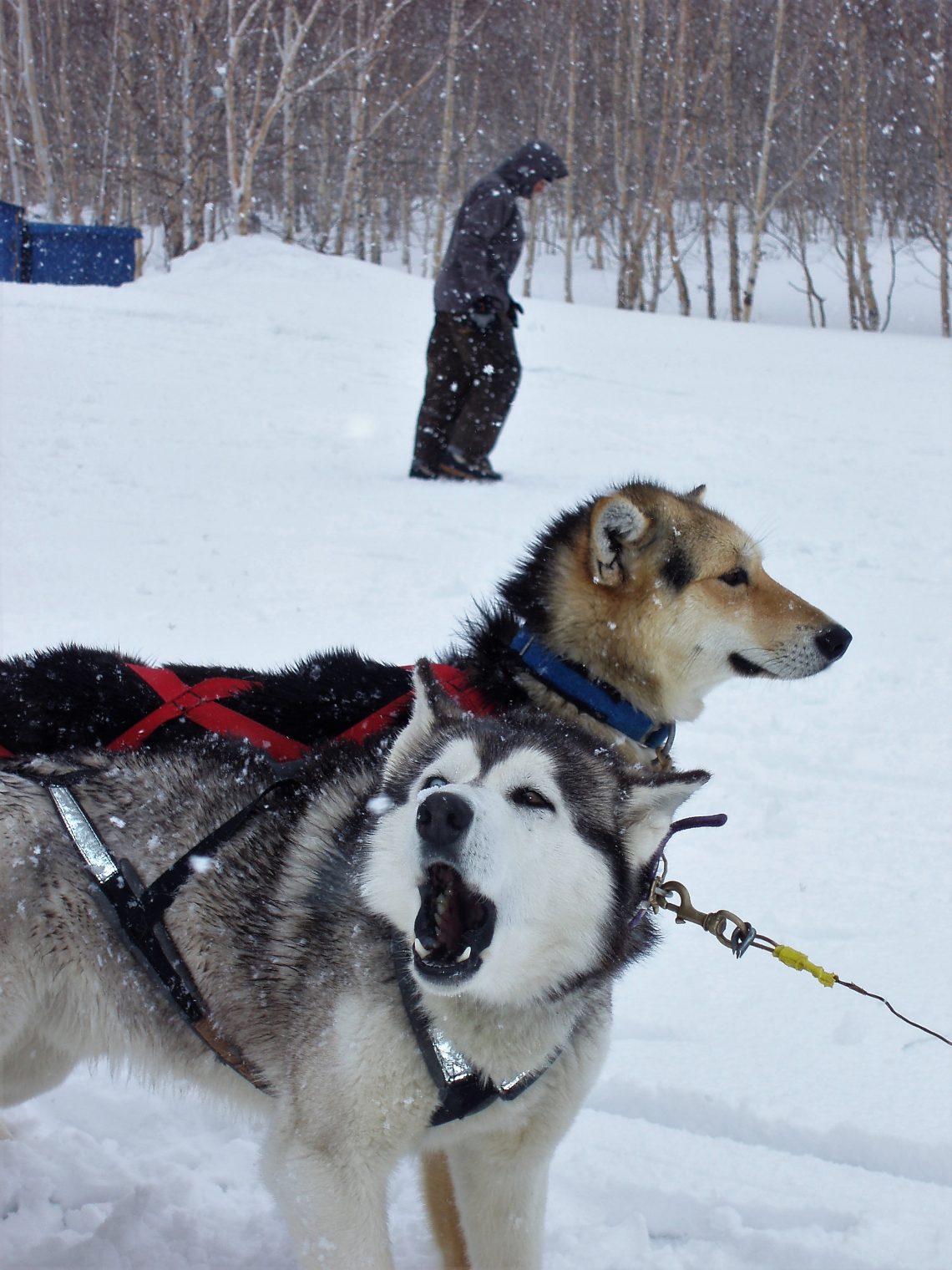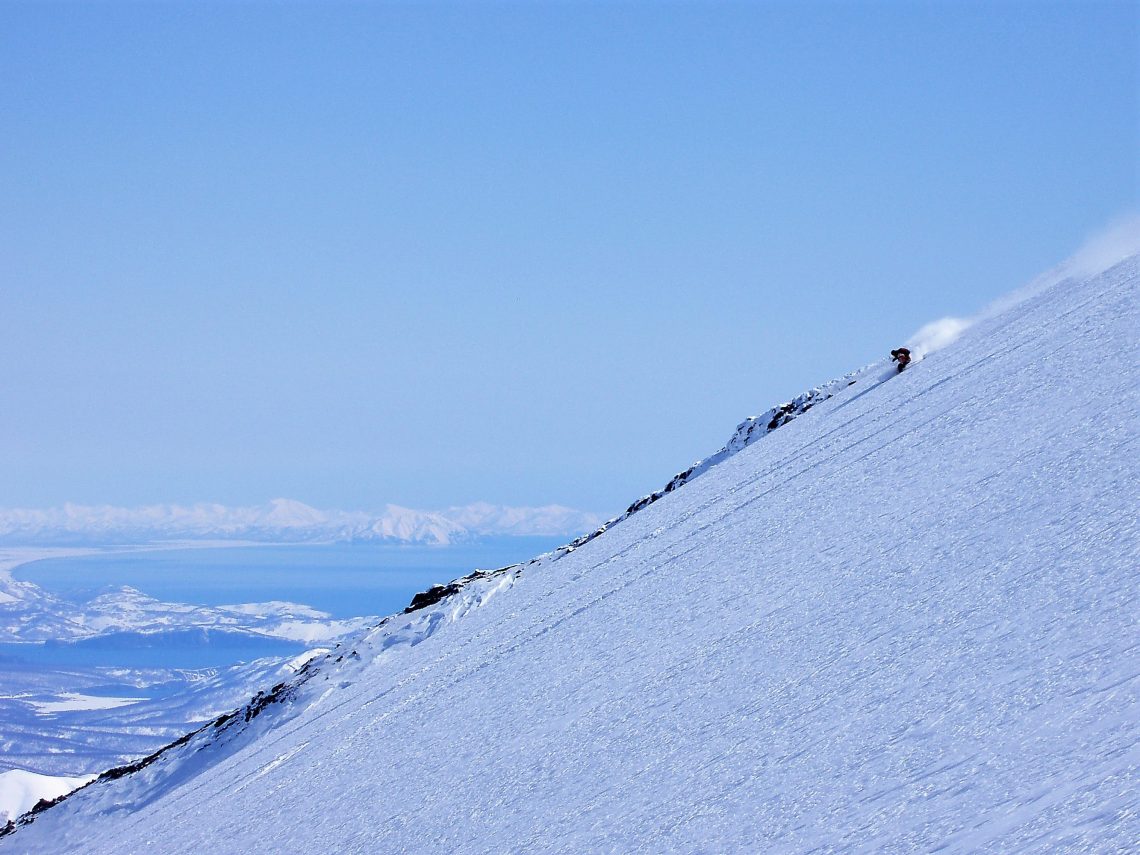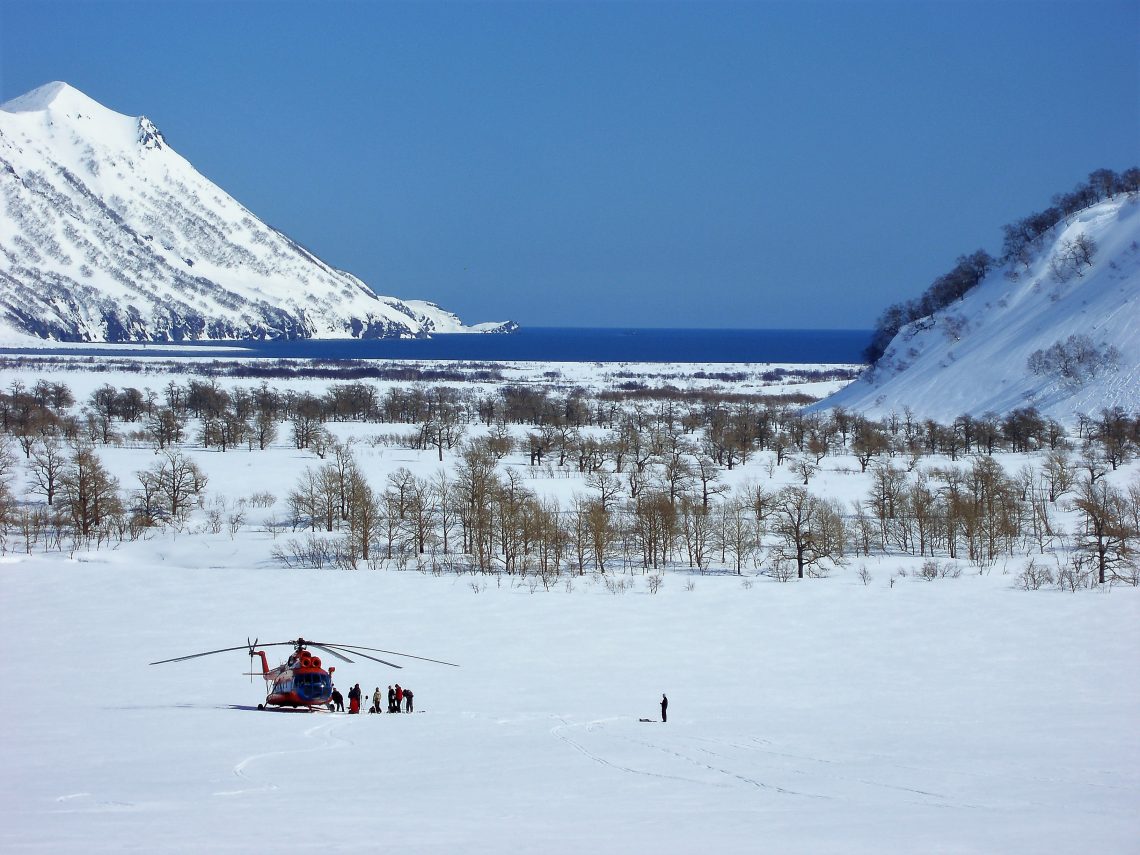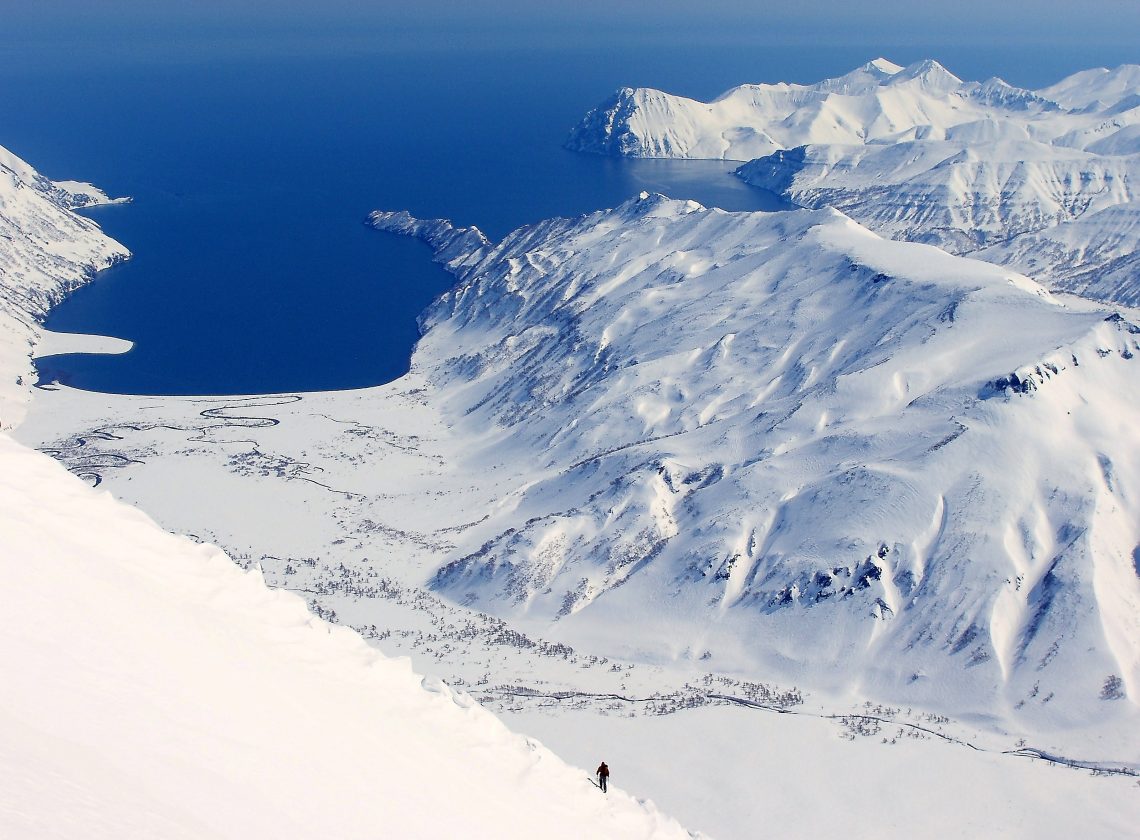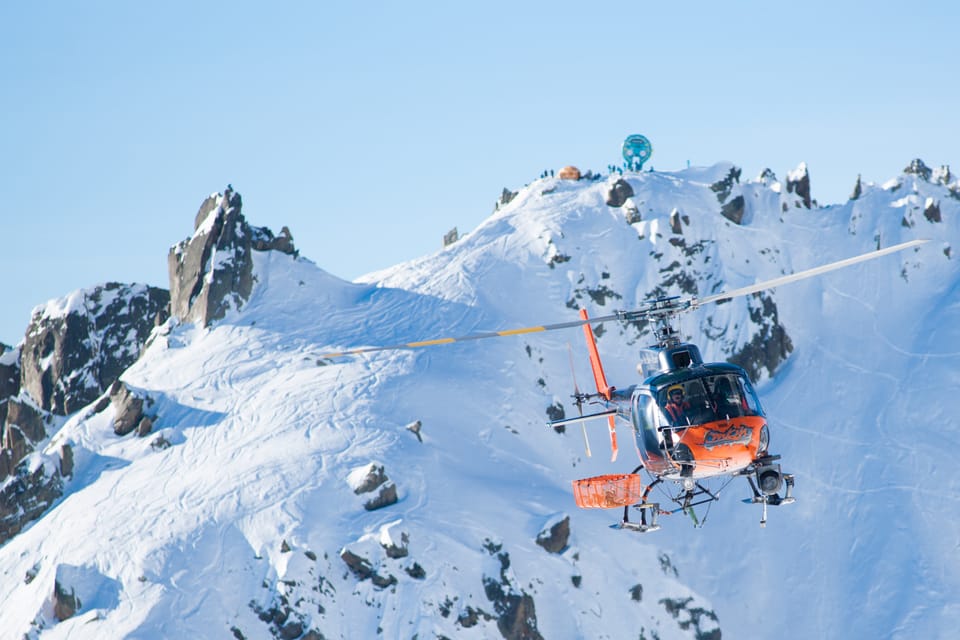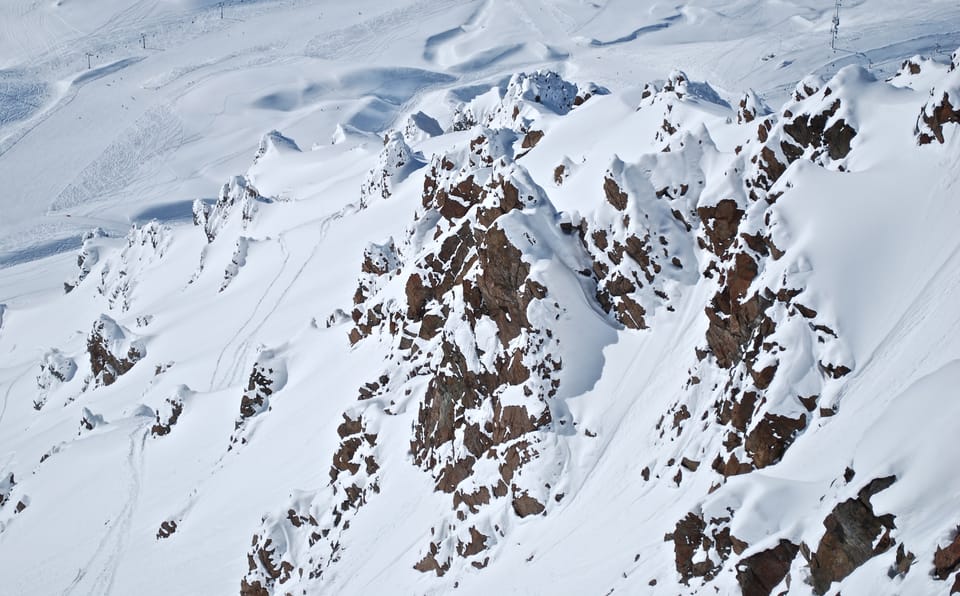SKIING IN THE LAND OF FIRE AND ICE

Kamchatka is one of the most active volcanic regions on Earth, an integral link in the infamous Pacific Ring of Fire. It’s not a place you’d immediately think of for a ski trip, and indeed you need a helicopter to make the most of the slopes here, but if you do have access to one, you’ll encounter some of the most spectacular skiing on Earth.
As it happens I did; well, not me personally, but I was part of a group of 11 Brit, Russian and Dutch skiers (along with two professional ski guides – vital ‘accessories’ on a trip like this) who recently explored the region’s volcanic peaks in an ex-Russian military Mi8 helicopter.
One of the machines we flew in was literally held together in places by string – very strong Russian string I’m sure, but string nevertheless. There are no seat belts to the hard bench seats, and the fuselage is big enough that you can get up and wander around during the flight and even open the porthole-like windows to stick your head out for a better view.
And the views through those portholes are awe inspiring – to the east the cobalt blue waters of the Pacific lap against a snowbound shoreline, whilst in every other direction range upon range of snow shrouded mountains lay in a powder blue haze beneath clear sunny skies, banners of smoke and steam rising here and there where cracks in their flanks extend all the way down to the Earth’s core.
A ski descent in Kamchatka is a tad different to that of your average ski resort. It starts with skiers and boarders tumbling out of the helicopter and cowering close to the ground in a blizzard of rotor-whipped snow until the machine has clattered away to meet the group later in a valley some 2,000-metres below.
Once the snow has settled and silence returned to the mountains it would be quite easy to stand and stare all day at the awesome panoramas on view, were it not for the magnificent sight directly below – an untracked powder field the size and length of which no ski resort in the world can match.
Marco Gaiani, our Chamonix-based UIAGM mountain guide has us wait whilst he leads the way. The terrain here is so vast that by the time Marco stops he’s but a tiny speck in the distance and has to call second guide Andrey by radio to tell us to set off (Andrey will be bringing up the rear – this is not the place for anyone to get lost).
There then follow hundreds of metres of floating through shin deep powder, soft, light and deep and quite clearly the very elixir of life – how else to explain the wide grins and whoops of joy from every skier and boarder in the group? But it’s not just the snow that brings this feeling of utter exhilaration – it’s also the vastness of the landscape, the absolute wilderness in which we’re immersed and the knowledge that there isn’t another skier for several thousand miles in any direction.
We pull up beside Marco, and I ask him what this run is called. “It doesn’t have a name – none of them do. You name it if you wish”. I decline the offer – it’s not as if I discovered the run or made the first descent – and take the chance to fill my lungs with pristine mountain air before we set off downhill again. Eventually, almost 2,000 metres below our start point, the group glides to a halt in dribs and drabs beside the helicopter, having just completed what is without doubt the most exciting, exhilarating and extraordinary ski run any of us have ever experienced.
Depending on the run we ski, the bright orange Mi-8 may be waiting silently for us in a valley where a small stream meanders aimlessly across a wide snowy flood plain and the solitude and silence are palpable; it could be tucked beside steaming hot springs where we can slide into the water and ease tired muscles; or it may be waiting on a pebbly beach which gives us the unique opportunity to ski to the sea and go skinny dipping (very briefly) in 4-degree water.
On our first day in Kamchatka we enjoyed a massive 11,570-metres of downhill on different slopes of the dormant 2,175-metre Viluchinski Volcano, and with the weather holding clear and sunny for the following four days we never did less than eight to nine thousand metres of ‘vert’ each day. On one of those days we even skied into the crater of Mutnovski Volcano and beside hissing vents and bubbling thermal pools.
It’s demanding stuff since conditions on the slopes can vary considerably, but the guides are adept at finding the best snow, from smooth and creamy ‘spring snow’ on sun-warmed afternoon slopes to unforgettable evening runs on north facing pitches where the powder is still soft and deep and the ‘rooster tails’ we kick up in hard turns glitter in the sun’s golden glow.
This isn’t the kind of skiing that will suit everyone – James Morland of Elemental Adventure organises ski trips to Kamchatka and advises clients that: “This is adventure skiing rather than powder skiing. You should be prepared for any conditions – if you are it will be the ski adventure of a lifetime”.
And when you’re not skiing? “Well”, says James. “There’s the Cosmic nightclub in Petropavlovsk – that always seems to be popular with our clients. One of the guys on our first to Kamchatka trip almost got himself married off to a local girl he met there!”.
GETTING THERE
The Kamchatkan heliski season runs from March – June. Elemental Adventure (www.eaheliskiing.com) offer ten-day packages from €5950 per person which include visas, accommodation, an average of eight runs per day, internationally certified guides and all safety equipment. Flights to Petropavlovsk-Kamchatsky are extra and unfortunately are only available with Aeroflot – if you thought Ryanair was no frills, wait until you’ve tried this lot…

